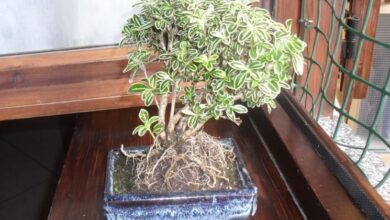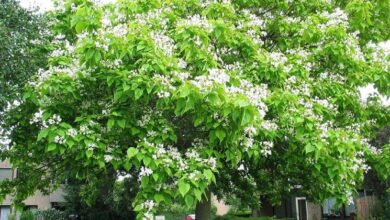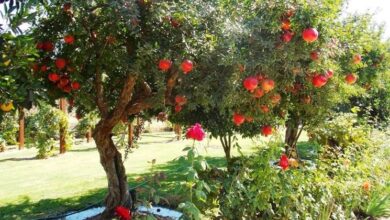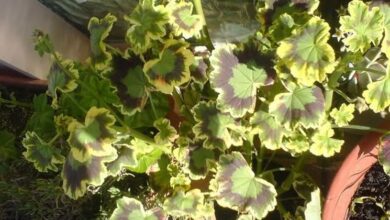Mentuccia – Calamitha nepeta
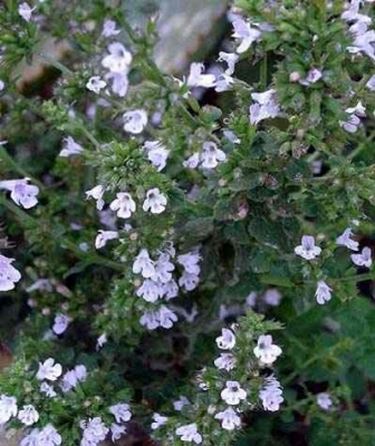
Generality
It is a perennial and bushy herbaceous plant, 40-50 cm high and 20-30 cm wide, with an initially creeping and later erect posture, woody stems in the basal part, branched above, quadrangular in section and hairy on the edges. The root is made up of a rhizome from which numerous creeping stolons branch off at the level of the soil surface that emit new roots near each node. The leaves are opposite, small in size, oval, tendentially acute, hairy and with slightly serrated edges. The flowers are hermaphroditic, pedunculated, single, tubular-shaped, pink-lilac in color and fit into the axilla of the upper leaves; the apex of the stems is considered an inflorescence consisting of leaves and flowers. Flowering occurs between June and September, moreover, the flowers attract butterflies. The fruit is an achene containing the small seeds. The whole plant, especially the leaves, gives off a mixed aroma between mint and oregano; the parts of the plant used are the compound inflorescences and the leaves.

Climate and terrain
The mint prefers temperate climates, resists both high temperatures and harsh winters well, in fact it is able to withstand thermal values of a few degrees below zero. The best exposures are completely sunny environments, but partially shaded areas are also fine. The mint prefers loose, calcareous and well-drained soils, but it also grows well on arid and rocky soils, while it shuns compact ones as they are subject to water stagnation.
It is a species native to the Mediterranean basin and Central Asia, it grows spontaneously near uncultivated grounds, woods and in mountain areas up to an altitude of 1500 m; in our country it is widespread throughout the territory.
Propagation
The mint multiplies by seed, by stolons and by cutting. Sowing in pots or in the ground takes place in spring, it must be considered that germination is very slow, in fact it takes at least a month. The stolons, taken from plants having at least one year of age, are planted in autumn at a depth of 7-10 cm, after which a rolling is necessary. The cuttings are taken in early spring at the top of the stems, then placed in a substrate consisting of sand and peat in equal parts. Once rooted and well developed, the seedlings are ready to be transplanted, usually in autumn.
Cultivation techniques
The mint is grown in the vegetable gardens and in the family gardens in the ground and in pots. The planting distances between the rows are 40 cm and 15-20 cm on the row, with a density of 12-16 plants / m2.
The cultivation cycle of this plant lasts for 3-4 years. Weed control is carried out by means of manual weeding. When the plant takes on a notable development, a thinning must be performed as it tends to be very aggressive with its runners, if left to grow excessively. During the preparation of the seedbed, mature manure is added; every year at the vegetative restart nitrogen is administered, which increases the concentration of essential oil in the leaves, phosphorus and potassium, the latter being the element most absorbed by the plant. Irrigation is carried out after planting in spring and during summer with regularity if no precipitation occurs.

